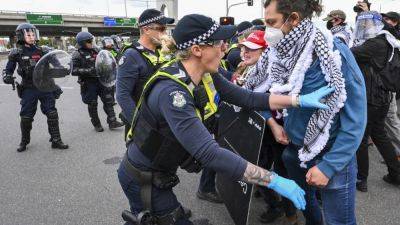China-Australia looking to heal trade war wounds
When Treasurer Jim Chalmers travels to Beijing later this month, he and his counterpart at China’s peak economic agency, the National Development and Reform Commission, won’t be short on important topics to discuss.
Chalmers will be attending the Australia-China Strategic Economic Dialogue, one part of a tripartite agreement secured by the Gillard government in 2013.
The purpose was to hold annual talks at the highest level. The agreement also includes a Leaders’ Dialogue and a Foreign and Strategic Dialogue involving the two countries’ foreign ministers.
The dialogue was <a href=«https://www.google.com/url?sa=t&rct=j&q=&esrc=» https:>last held in September 2017
as the state of official ties began turning south.
It was then formally suspended by Beijing in May 2021 after the Morrison government canceled the Victorian state government’s Memorandum of Understanding to participate in China’s “Belt and Road Initiative.”
Its resurrection has been slow in coming. The stabilization in the bilateral relationship under the Albanese government has already seen reciprocal visits involving leaders and foreign ministers. But it was not until June the two sides signed a new memorandum to bring back the dialogue.
The fact Chalmers was able to confirm the trip last Sunday is another sign Canberra and Beijing remain committed to talking. This is despite there being numerous issues over which they are at odds.
For Chalmers, the priority will be getting a first-hand read on China’s struggling economy and the risks this presents to Australia’s own outlook.
When announcing the visit he alluded to one scenario his department was tracking that could see Commonwealth budget revenue take a $4.5 billion hit due to falling prices for key







